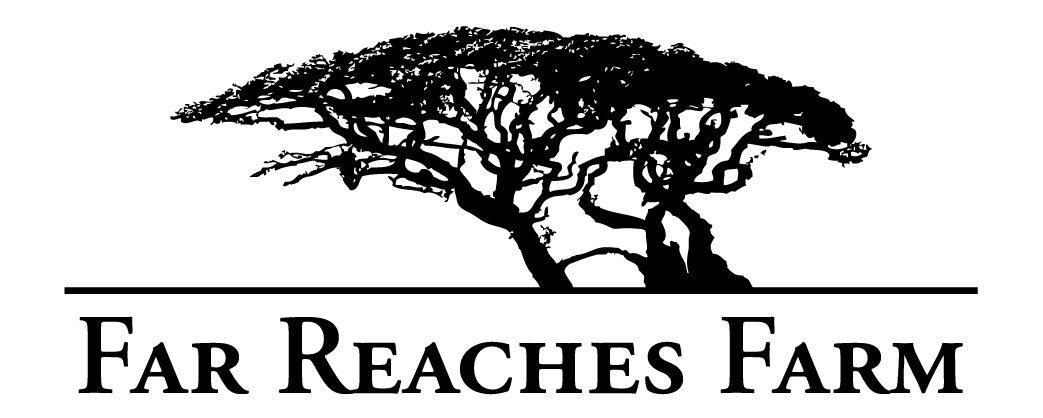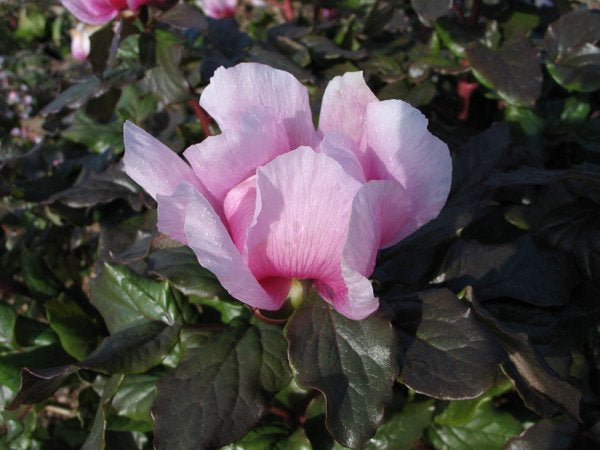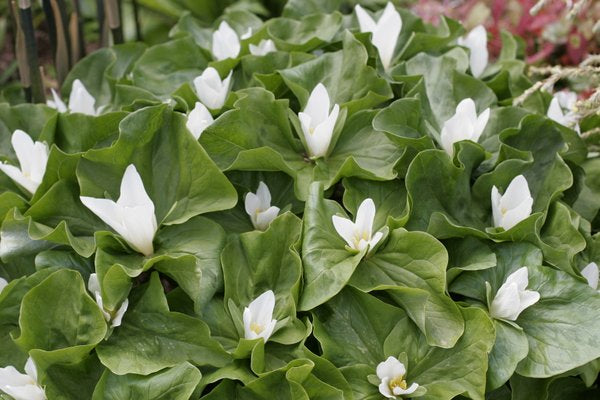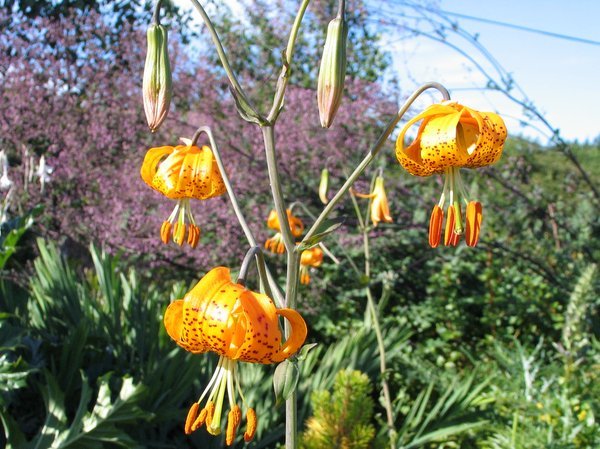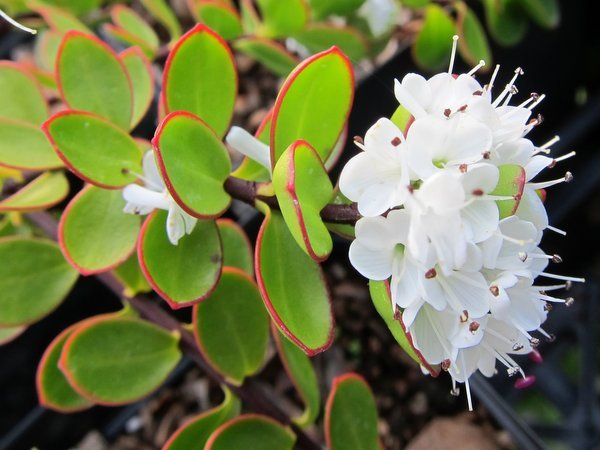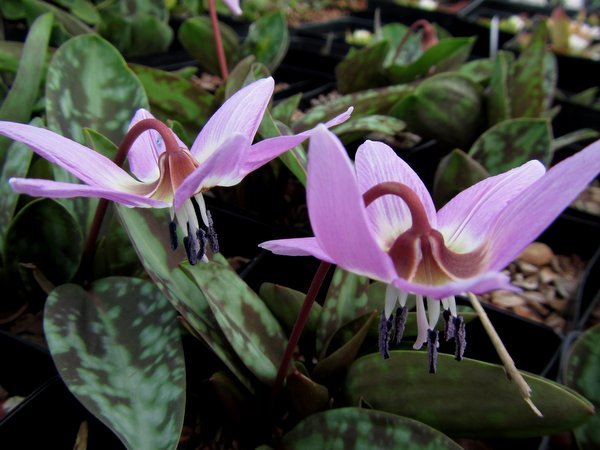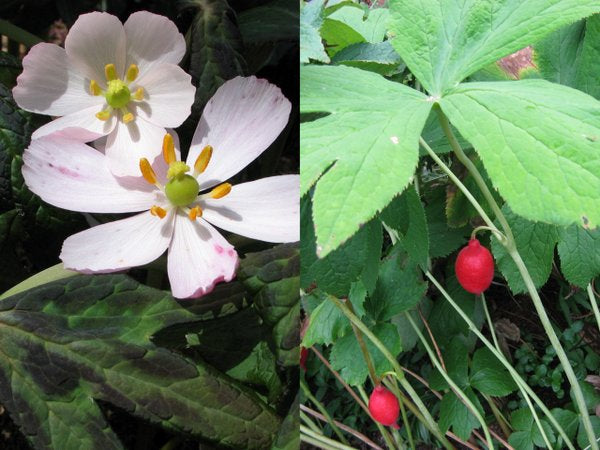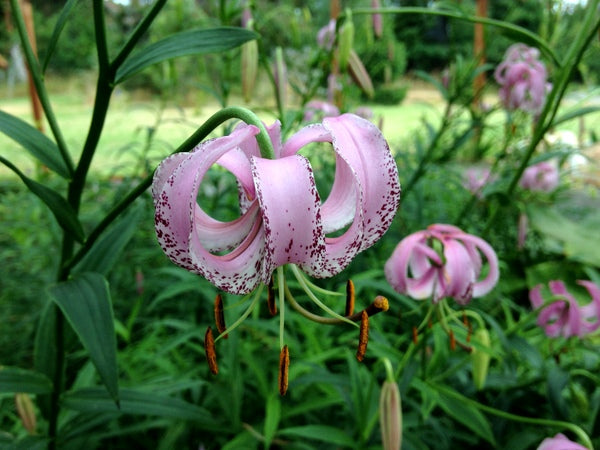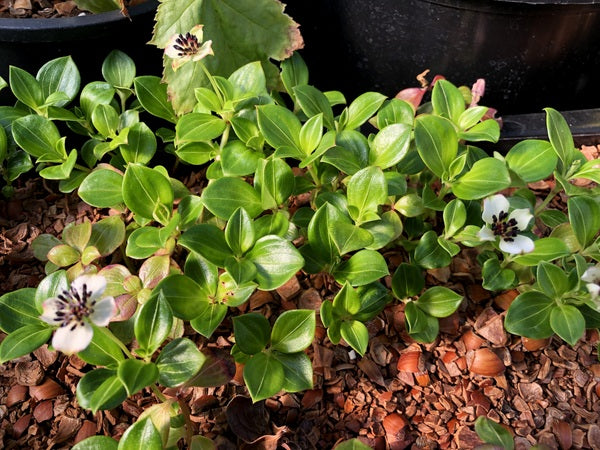Sort by:
36 products
36 products
One of the finest of the species Peonies, this Mediterranean goody is among the first to bloom in spring. Fabulous new growth and very showy single pink flowers. If you want scent, get a hybrid. If you want class, here you go. This is a stunning and very good plant whose foliage gleams with a metallic sheen which looks great throughout the summer. The late summer/early fall seed pod display is of high ornament. Good, well drained soil, this will be more heat tolerant than the other species and the one most apt to succeed if you live in an area with minimal winter cold. When planting, just cover the red buds no more than an inch or two. The large band pots are seedlings that are a couple years from blooming size. The bare root are large and flowering size.
A collection by plantsman Philip MacDougall from 10,500 feet in Taiwan of this excellent Squirrel's Foot fern which is one of the hardiest species growing up to 11,500 feet. Typically this is epiphytic on trees or epilithic on rocks with the takeaway for cultivation success being good drainage. This has easily handled 10F in a stumpery. Previously sold as Davallia cf. trichomanoides, before ace plant hunter Nick Macer gave us a tip on the correct ID, thanks Nick!
Extraordinary botanical and ornamental introduction of this evergreen stoloniferous Dogwood. Allied to the northern deciduous Cornus canandensis, C. unalaschkensis and C. suecica, this was discovered in the 1930's by Frank Kingdon Ward on high ridges in northern Burma, now Myanmar. This was never introduced to cultivation and it remained the mythical lost Cornus of Kingdon Ward for 80 years until English botanist Keith Rushforth rediscovered it in Myanmar growing in moss under Rhododendrons and Acer wardii and managed to introduce a handful of clones. We are fortunate to have four clones and we much admire the glossy evergreen leaves and white-bracted flowers with their dark chocolate stamens. This has proved hardy for us in our Zone 8a garden and we have hope that given its crazy disjunct location not far from the Tropic of Cancer, that this might be adaptable to the warmer evenings and humidity of the Southeast and East Coast but this remains to be seen. Extremely rare. A Far Reaches Botanical Conservancy Offering. Proceeds from this offering go to support the mission of Far Reaches Botanical Conservancy.
*Limit of 2 per customer*
